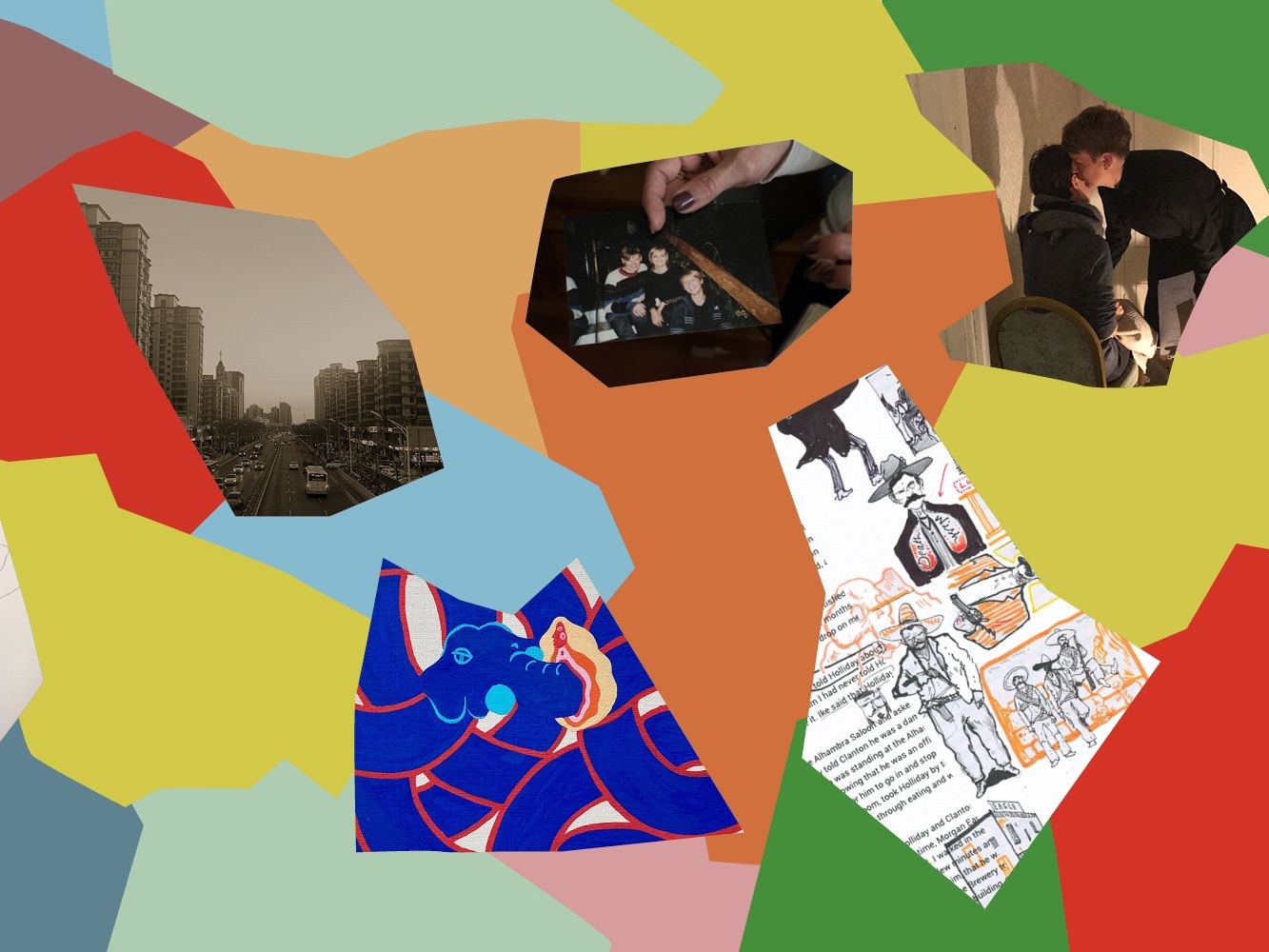
London College of Communication introduces doctoral research exhibition, Unfolding Narratives 2
We explore work-in-progress projects from 7 PhD students at London College of Communication.
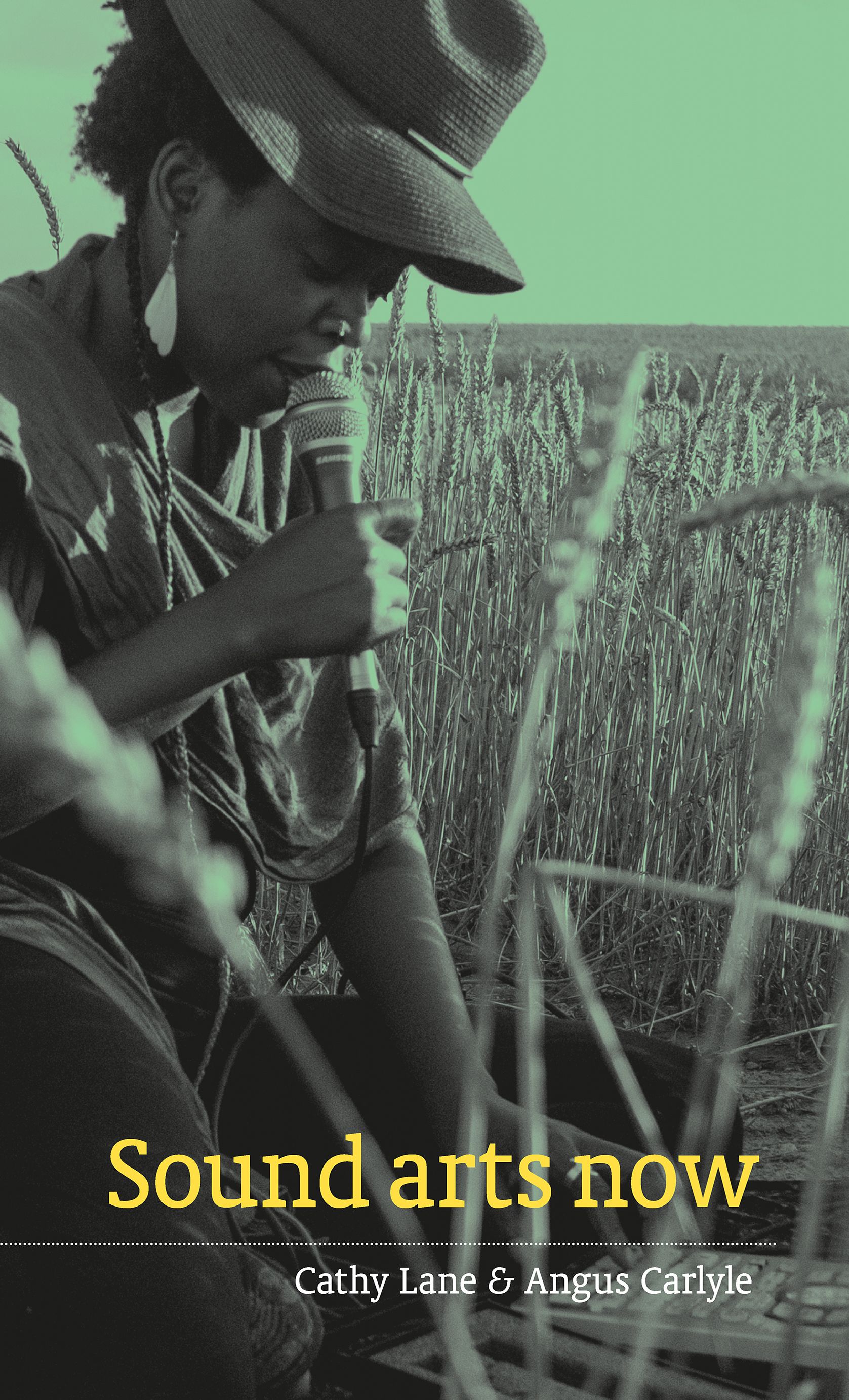

London College of Communication researchers Professor Cathy Lane and Professor Angus Carlyle are today (Friday 26 March 2021) publishing a new book exploring contemporary sound arts practices and theories.
The book comprises 20 interviews on contemporary and future ideas and practices with artists at early or mid-points in their working lives, whose backgrounds, geographical locations and experiences are as wide-ranging as their approaches and ideas.
In this excerpt from the book’s After-words, Professor Cathy Lane, Director of the Creative Research into Sound Arts Practice (CRiSAP) research centre, and Angus Carlyle, Professor of Sound and Landscape and member of CRiSAP, reflect on the book...
Now that we’ve done all the interviews, what do we think? Has it been surprising?
What stands out for me, after reading back over our 20 interviews, is the diversity of what we’ve taken to constitute sound art: the diversity in everything from the artists’ thematic concerns, the processes they adopt, the collaborations that they engage with and the ways their ideas and explorations end up meeting the world.
I agree. Each interview reflects our individual concerns and interests. I’m interested in what motivates each artist and enables them to produce their work, so I’ve asked questions about their background; how their practice and career has developed over time; how they work on a day-to-day basis; who commissions them; and have discussed, in some cases, whether they’ve got children or not – I feel that those things are important. I want to know if they are juggling work and family duties or whether they’ve got an income that’s supporting their artistic output.
I think those things are absolutely fundamental but I admit that those dimensions are much, much, quieter in my own interviews where, instead, the thematic and theoretical sides of things become amplified. Perhaps my reticence to inquire into the textures of biographical identities could be a skewed and defensive projection on my part, one that derives from my own feelings about not having the right background, the proper musical or artistic bona fides. One consequence of the approach that I’ve adopted is that some of the lived lives are more occluded than they might otherwise have been.
It is possible that some of the people that I’ve interviewed might not have talked about their theoretical concerns as much as they had wanted to, because the time was taken discussing their biographical journey. But when I started developing an artistic practice I wanted to know how other people managed their lives and their artistic development. So our interviews are all very different, but hopefully, when you look at them as a collection, they reveal a greater scope of sound art practices than we might have imagined, and a rich variety of both thematic concerns and lived experience. Overall the things that emerge from the interviews, maybe more strongly than they might have 20 years ago, are the emphasis on listening and the growth of sound as a research tool or methodology.
I do hope that the collective scope is palpable. Within this notion of listening that you bring up – and sometimes listening appears spontaneously, sometimes in response to a direct question – there is, yet again, another diversity: even if listening practices are centralised within an engagement with sound, there are wide discrepancies in the ‘hows’, ‘whys’ and ‘whats’ of listening, right down to the most basic levels of meaning.
Yes, people are not just talking about their own listening practices, but also about discovering other contemporary and historical cultures of listening. Some people are trying to manifest their own listening practices in their work: for example, Maria Chavez talks about DJing her listening; Lawrence Abu Hamdan and Mikhail Karikis are trying to listening out for other people’s listenings; Mikel R. Nieto talks about how others listen to us; Mark Peter Wright about ‘listening-with’, Hanna Tuulikki, listening to the ‘morethan-human’; Caroline Devine recounts learning to listen at the BBC and triggering other people’s memories of listening: listening seems to be at the centre of the practices discussed and the membrane that holds these interviews together.
On the one hand, listening is presented as a medium or modality, a genre or a discipline in itself; on the other hand, maybe it is the exact opposite, with listening becoming subsumed, becoming a reflexive part and parcel of what a critical practitioner does? As it is understood in these interviews, listening enables access to such apparently divergent aspects of the world as an artificially intelligent process for extracting data; an archive of visual material; the lifeworlds of a bird in a tree or a cage; and the perspectives of communities threatened by deforestation or by the rising sea levels in AM Kanngieser’s Pasifika projects. I wonder if listening is something that has become enriched, developed, and complexified even since our edited book On Listening? What emerges from these discussions seems to have gone beyond what, when we finished that book in 2013, was already being felt as a great opening-up of the parameters. Now, in 2020, we’re looking at people who are not just theorising listening in breadth and depth, but people who are practising it in ways that would have seemed unimaginable to me when we began working together on developing a sounds arts curriculum back 22 years ago.
‘Sound arts now’ is available now through Uniform books.
Artists interviewed in ‘Sound arts now’ include: Adam Basanta, AM Kanngieser, Budhaditya Chattopadhyay, Caroline Devine, Elsa M’bala, Evan Ifekoya, Hanna Tuulikki, Hong-Kai Wang, Jau-Lan Guo, Jennifer Walshe, Khaled Kaddal, Lawrence Abu Hamdan, Lina Lapelyte, Maria Chavez, Mark Peter Wright, Mikel R. Nieto, Mikhail Karikis, Samson Young, Yang Yeung, Yashas Shetty.

We explore work-in-progress projects from 7 PhD students at London College of Communication.
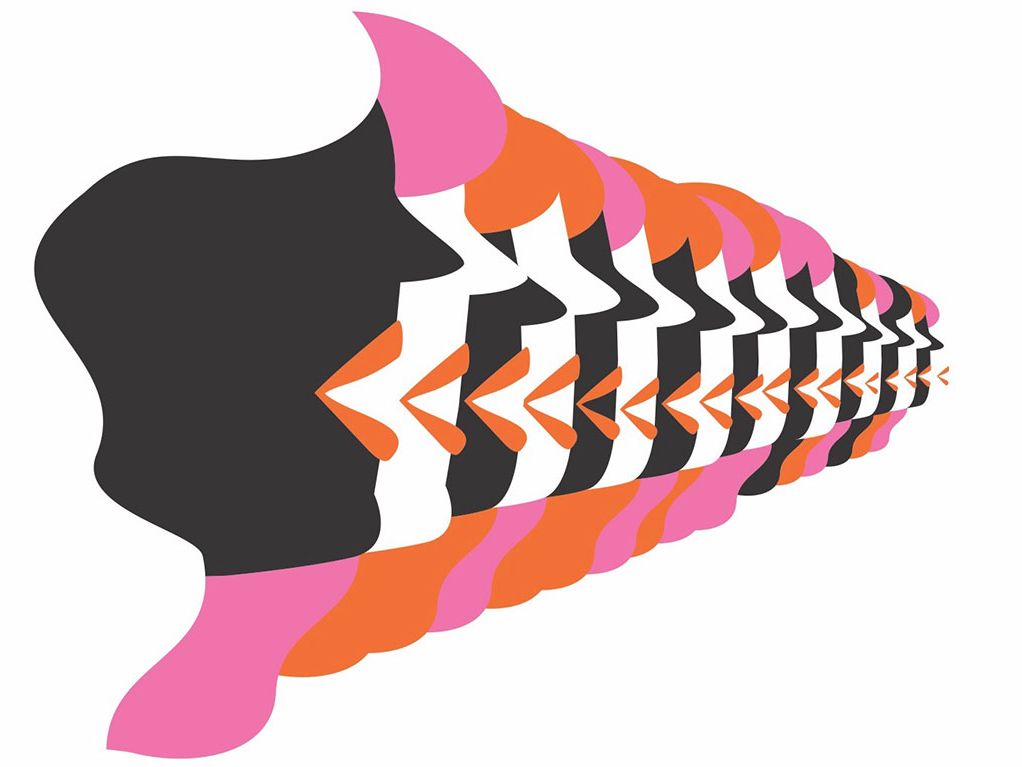
London College of Communication’s Creative Research into Sound Arts Practice research centre (CRiSAP) collaborated with the Department of Global Arts at Tokyo University of the Arts for a major international conference on sound and gender.
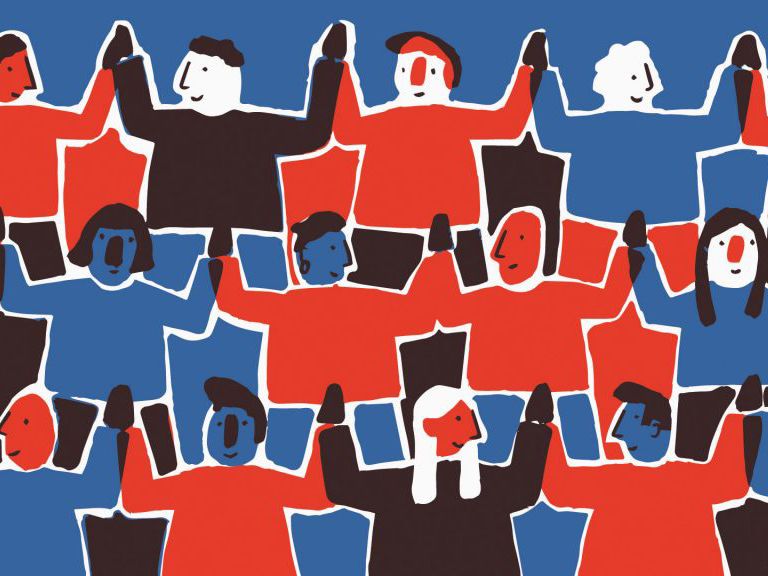
The free, digital resource provides a space for students, teachers and makers to explore ethics in creative practice.
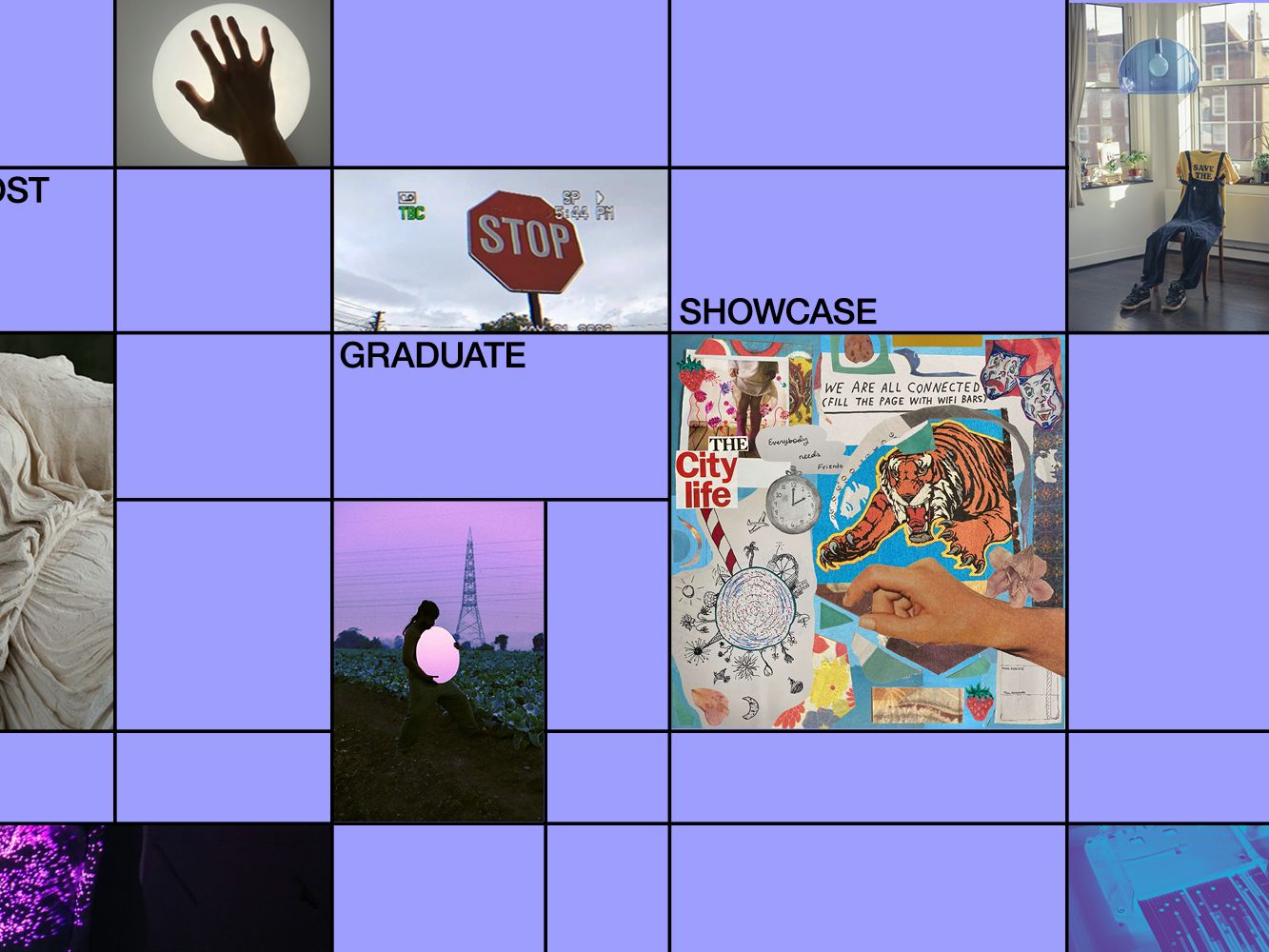
Explore our Postgraduate Showcase from Thursday 28 January as we celebrate inspiring new work across design, media and screen.
Telephone
+44 (0)20 7514 6500